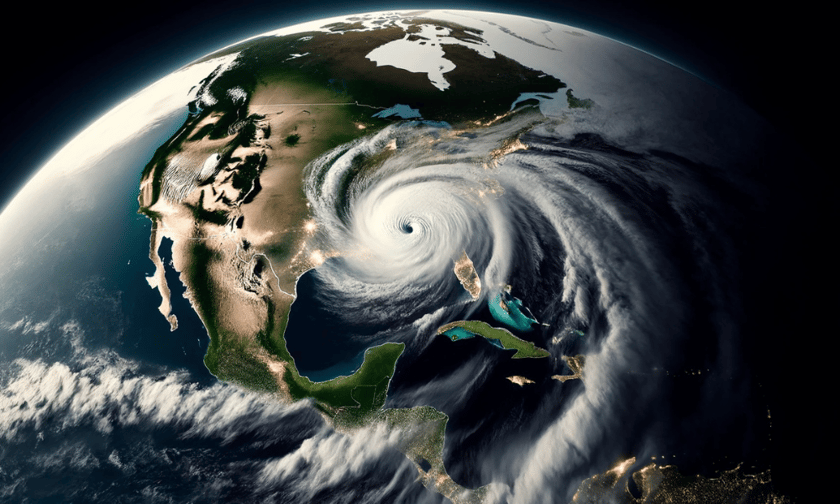Predictions point to a significant increase in storm activity

The 2024 Atlantic hurricane season is projected to be one of the most active on record, according to forecasts from MS Amlin and Acrisure Re.
MS Amlin, a specialist Lloyd’s of London insurer, and Acrisure Re, the reinsurance division of global fintech leader Acrisure, have both released predictions highlighting a significant increase in storm activity.
MS Amlin’s forecast, which aggregates over 20 separate forecasts, predicts a “substantially above average” number of storms between June and November. The consensus suggests an average of 23 named storms, 11 hurricanes, and five major hurricanes.
Accumulated Cyclone Energy (ACE), a measure of overall hurricane activity, is forecast to reach 204, significantly above the long-term average of 123. The heightened activity is attributed to the development of La Niña conditions in the Pacific and unusually warm sea surface temperatures in the North Atlantic and the Gulf of Mexico.
Dr Ed Pope, a geoscientist in MS Amlin’s exposure management team, noted that predictions point to a potentially active hurricane season in 2024, with some agencies forecasting record levels of activity.
“Importantly, there has been general consensus in those forecasts for a number of months now about potential activity, despite the uncertainties associated with making forecasts early in the year. Even if we hit the low end of these forecasts we are likely to see an above-average season,” Pope said.
Simon Morgan, head of property at MS Amlin, also noted that hurricane-related economic losses have soared by $22 billion per decade since 1990 due to population growth and increasing coastal development.
“The insurance industry can help people and businesses to absorb climate blows, but only if pricing adequately reflects the escalating risks of stronger, more destructive hurricanes in a warming world. Investing in sophisticated catastrophe modelling and research will be increasingly important if the industry is to properly understand and prudently price risks,” Morgan said.
Beyond 2024, the firm noted that climate change is worsening hurricane risk in the long term, with hurricanes likely to increase in intensity, produce heavier rainfall, and have storm surges penetrating further inland. Pope added that the frequency of the strongest storms, Category 4 and above, is expected to increase, leading to more cumulative losses for insurers and a need for communities to focus on climate adaptation measures.
The 2023 hurricane season saw 20 named storms, seven hurricanes, and three major hurricanes.
Acrisure Re forecast for 2024 hurricane season
Acrisure Re’s forecast, meanwhile, also indicates a “very active” hurricane season. The company’s annual Pre-Season Hurricane Outlook attributes the increased activity to a rise in sea surface temperatures, a weaker La Niña weather phase, and conditions similar to past active seasons.
Acrisure Re’s analytics team examined variables such as forecasted Atlantic sea surface temperatures, the El Niño Southern Oscillation (ENSO), and the Quasi-Biennial Oscillation (QBO) to create a qualitative overview of the likely conditions.
Simon Hedley, CEO of Acrisure Re, commented on the greater certainty of an active 2024 hurricane season compared to the previous year.
“Our expert analytics and modelling teams are dedicated to staying abreast of developments, ensuring our brokers are fully equipped to offer the best advice to our clients,” Hedley said.
Ming Li, partner and global head of catastrophe modelling at Acrisure Re, also noted that the synchronizing forces in the Atlantic basin, including above-average sea surface temperatures and the predicted development of La Niña conditions, are likely to spur higher activity. However, the exact impact of this increased activity remains to be seen.
What are your thoughts on this story? Please feel free to share your comments below.
Keep up with the latest news and events
Join our mailing list, it’s free!




